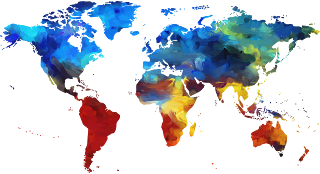 |
| Image Source: Pixabay |
Author: Ryan Shanahan, MD
2010-2011 AAEM/RSA President
Originally Published: Common Sense Spring 2011
I recently returned from a trip to Haiti with a group of pediatric residents from Johns Hopkins. The person who runs the trip is a pediatric emergency medicine attending, and she invites the
emergency medicine residents along. It was, in short, an eye-opening trip. It also caused me
to reflect on the fledgling field of international emergency medicine and, in doing so, I want to
highlight some of the efforts of the Academy in this regard.
To say that Haiti has a health care system is to stretch the definition of those words. To say that they have an emergency medical system would simply be false.
Haiti operates as the U.S. did in the 40s and 50s. A hearse doubles as an ambulance in some lucky places; in most others taxi-motorcycle will have to do. Rooms little different from outpatient clinic rooms serve as the “ER,” and these are staffed with a random assortment of specialties on a rotating basis. Surgical backup is spotty to non-existent, and everything shuts down at five or so.
In other parts of the world, however, countries with more resources are making the transition from the “emergency room” to rooms (emphasis on the plural) and departments. Training programs in emergency medicine are opening in places as far flung as Vietnam and Guyana. For these training programs to mature into full-fledged specialties requires support and networking.
AAEM has been a growing and active voice in the field of international emergency medicine and is an important partner for this networking. AAEM has been a partner in the Mediterranean Emergency Medicine Conference, now entering its sixth iteration. We are currently working on plans for a Pan-Pacific conference and are deepening our relationship with the Inter-American Emergency Medicine Conference. AAEM has demonstrated a consistent effort to support the development of our specialty on an international stage. These meetings are important because they provide legitimacy to the specialty and allow countries with weak emergency services to learn from neighbors who are more advanced in their development of the field.
I encourage residents from the United States to look at these conferences as the powerful networking tools they are. There are vast swaths of the world where proper emergency care is a distant dream. To enable the transition will require some internal level of medical structure, but also some help and guidance in the transition. It is an exciting area, and I am pleased that AAEM is so involved in it.
